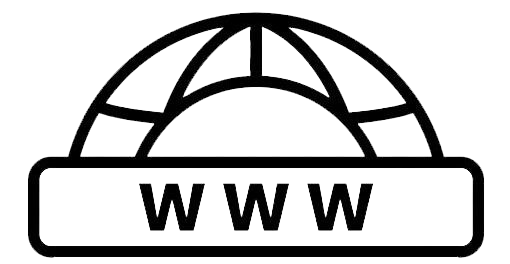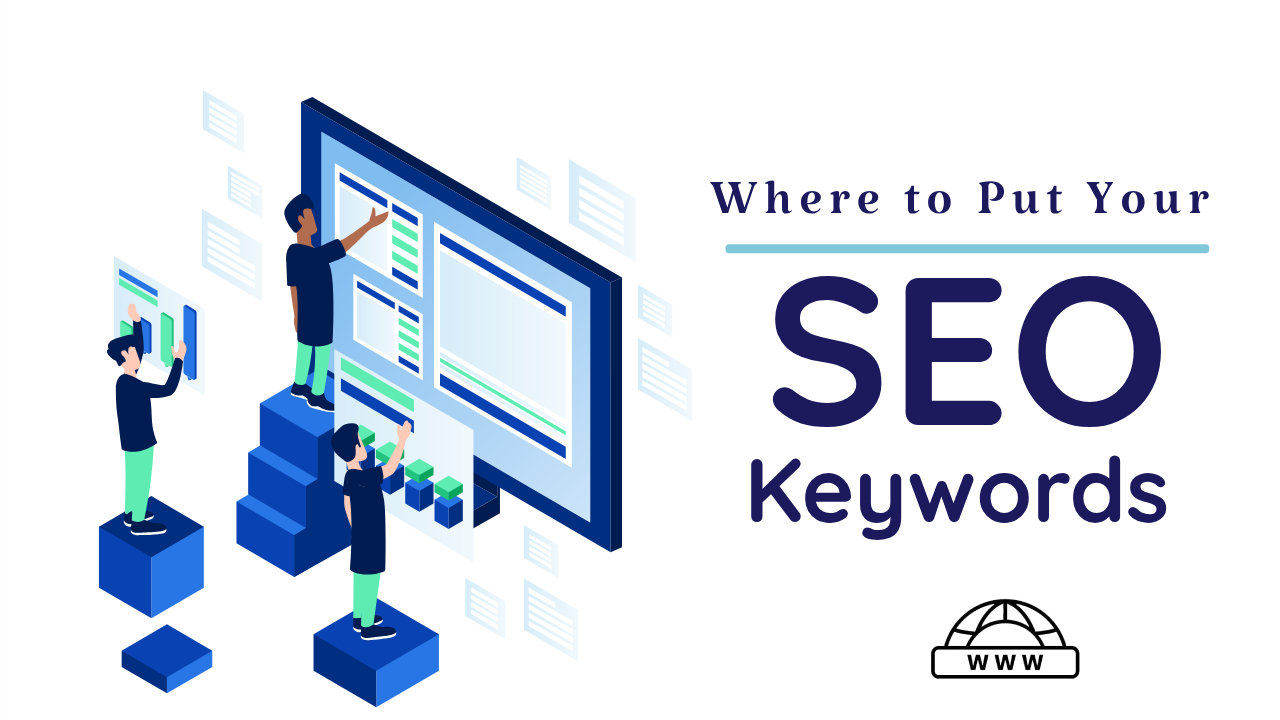The crawl budget is the number of pages a search engine will crawl on a website within a certain timeframe. It’s made up of crawl demand, which is how many pages a search engine wants to crawl, and crawl rate, which is how fast they can crawl.
A crawl budget is important for SEO because it ensures new content is quickly identified and indexed. If Google doesn’t index a page, it won’t rank anywhere, and for anything.
Search engines calculate the crawl budget based on crawl limit and crawl demand. The crawl limit is how often they can crawl without causing issues. Crawl demand is how often they’d like to crawl a site.
Here are some tips for optimizing your crawl budget:
- Manage your URL inventory:
- Eliminate Soft 404 Error:
- Avoid Using Noindex:
- Sitemap Up to Date:
- Avoid Long Redirect Chain:
- Optimize your page loading speed:
- Broken Links:
- Use Internal Links:
- Remove Duplicate Canonical URLs :
- Return 404/410:
Top 10 Tips to Optimize the Crawl Budget For SEO?
Increase your serving capacity for crawls and improve the value of your site’s content for users.
1: Manage your URL inventory: Manage your URL inventory by specifying which pages Google should crawl.
2: Eliminate Soft 404 Error: Eliminate duplicate content and block crawling of unimportant pages using robots.txt. If Soft 404 pages will continue to be crawled, then waste your crawl budget.
3: Avoid Using Noindex: Don’t use the “noindex” meta tag to prevent indexing. For pages you don’t want, block them using the Robots.txt file so that unimportant pages are not crawled. Keep in mind that if a page with a “noindex” tag has links from somewhere, Googlebot may still crawl it, impacting the crawl budget.
4: Sitemap Upto Date: Keep sitemaps up to date, avoid long redirect chains, and make pages efficient to load.
5: Avoid Long Redirect Chain: Avoid long redirect chains, which have a negative effect on crawling.
6: Optimize your page loading speed: Faster-loading pages allow Google to crawl and index more content on your site, potentially improving your search engine ranking.
7: Broken Links: Remove all the 404 Error/Broken Pages from the site.
8: Use internal links: Increase the internal links for every page. However, Crawler crawls all pages.
9: Remove Duplicate Canonical URLs: Remove the duplicate pages and set the correct canonical URL for all pages.
10: Return 404/410: Return a 404 or 410 status code: For permanently removed pages.
Monitoring Your Site’s Crawling and Indexing:
- Check for availability issues and improve site availability.
- Ensure all important content is being crawled.
- Monitor the speed of crawling and indexation.
- Improve site efficiency and handle over-crawling.
- Block pages if needed, increase page loading speed, and enhance server capacity.
- Specify content changes with HTTP status codes.
- Hide URLs not wanted in search results using robots.txt.






